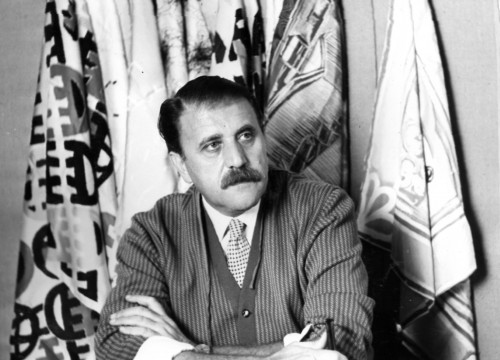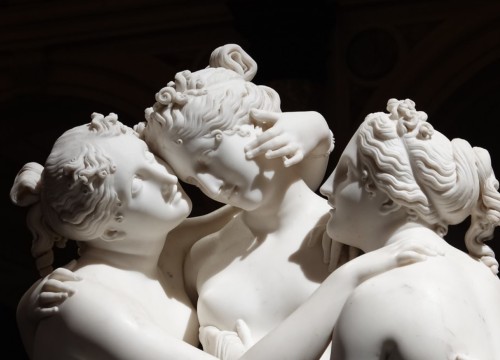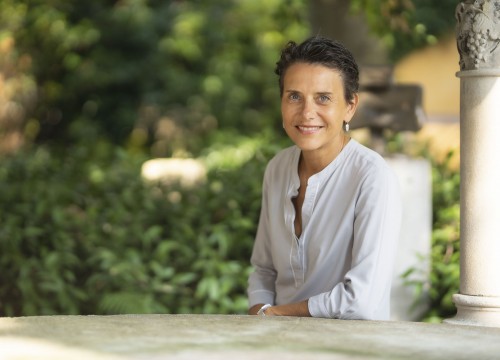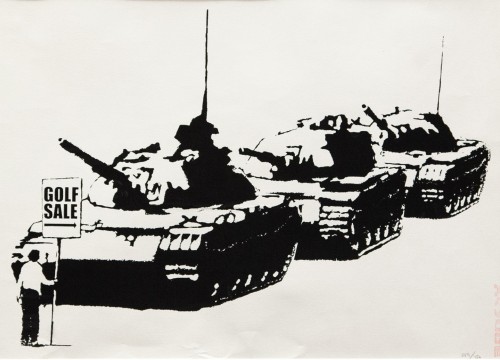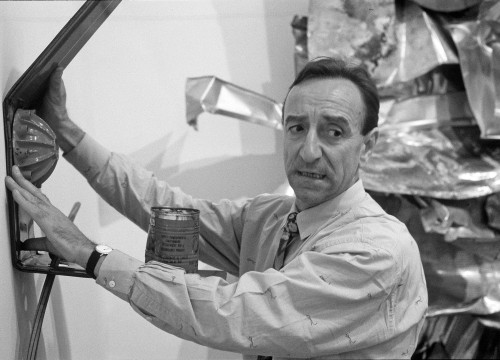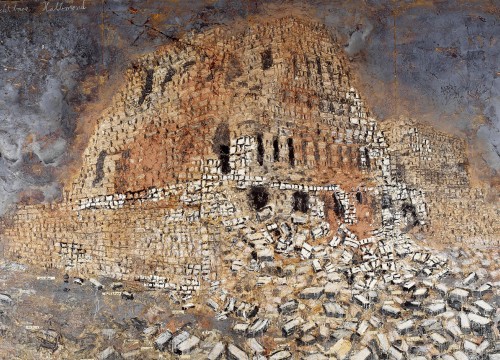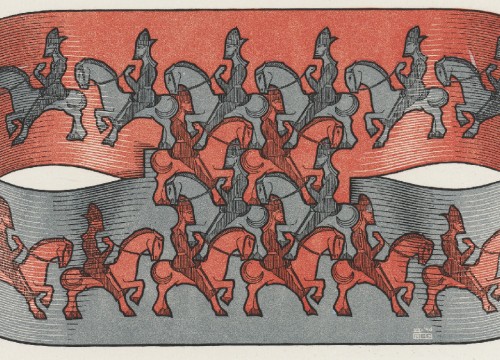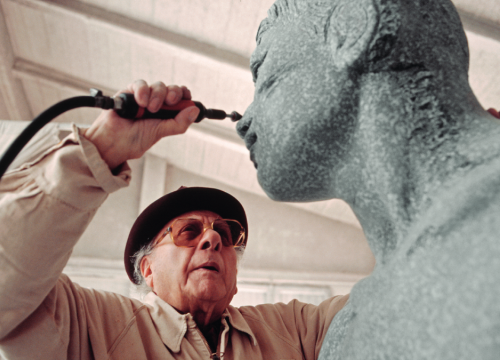Painter, scenographer, poet, author of plays and art critic: he is a prominent personality of the New Figuration and Narrative Figuration
The Centre Pompidou, before closing for a five-year period, from 2025 to 2030 for renovation works, gives us an original exhibition: “Gilles Aillaud. Political Animal” (until February 26th, 2024 at the Gallery n 3 on the first level).
The exhibition is part of a program of rediscoveries and insights of artistic figures little exposed and investigated in France, as already done with Georgia O’Keeffe and the sculptor Germaine Richier.
“Why do I paint animals? Because I love them”: this is the question-answer that the artist has made public during his long career every time he was interviewed.
HIS PAINTINGS ARE POPULATED BY ZOO ANIMALS, IN WHICH HUMAN PRESENCE IS ABSENT BUT ALLUDED
In fact, behind this apparent simplicity lies a more complex creative and cultural universe, which sees Aillaud, born in Paris in 1928 where he died in 2016, carry out a multidisciplinary activity that ranges from painting to scenography through poetry, the writing of plays and the activity of art critic.
This multiple expressive vein leads him to be recognized as one of the prominent members of the artistic movements formed in the 60s’ in France as the new figuration and narrative figuration, of which are part among others Peter Klassen, Hervé Telemaque and Eduardo Arroyo (with whom he also forged a bond of friendship).
"WHY DO I PAINT ANIMALS? BECAUSE I LOVE THEM": THIS IS THE QUESTION-ANSWER GIVEN TO EVERY INTERVIEW
Behind his large paintings made with a skilful but “simple” technique, which represent animals that populate zoos, in which human presence is absent but clearly alluded, to which he often combined paintings with animals portrayed in the wild African nature, hides a detailed reflection, whose contents and modes of expression are closely linked to the philosophical formation that substantiates all his work.
Since his first exhibition in 1952 at the Niepce Gallery, animals appear, even if they are mainly of marine environment and are made with the collage technique using natural materials such as sand and cotton.
BEHIND THE REPRESENTATION OF THE WILD AFRICAN NATURE, HIS DEEP PHILOSOPHICAL TRAINING IS FELT
Commenting on the works on display, the curator and deputy director of the museum institution Didier Ottinger notes his double relevance in virtue of realism that highlights the concern shared by the new creative generations for “technological” images and with the presentation of a broader conception of the existing.


















